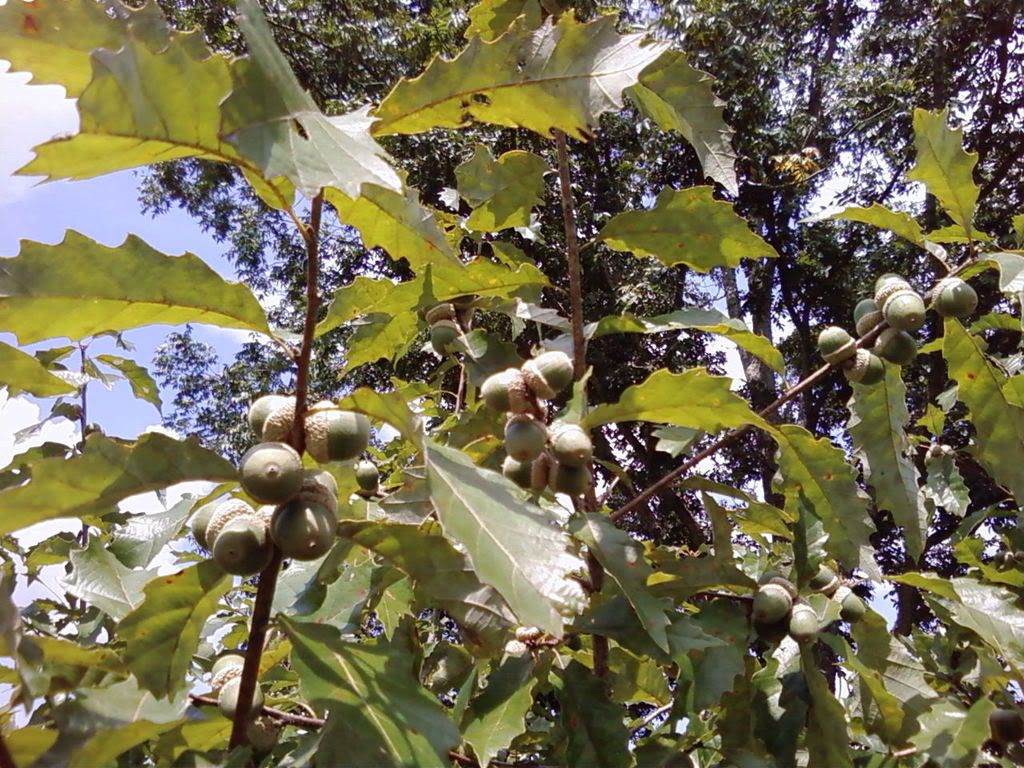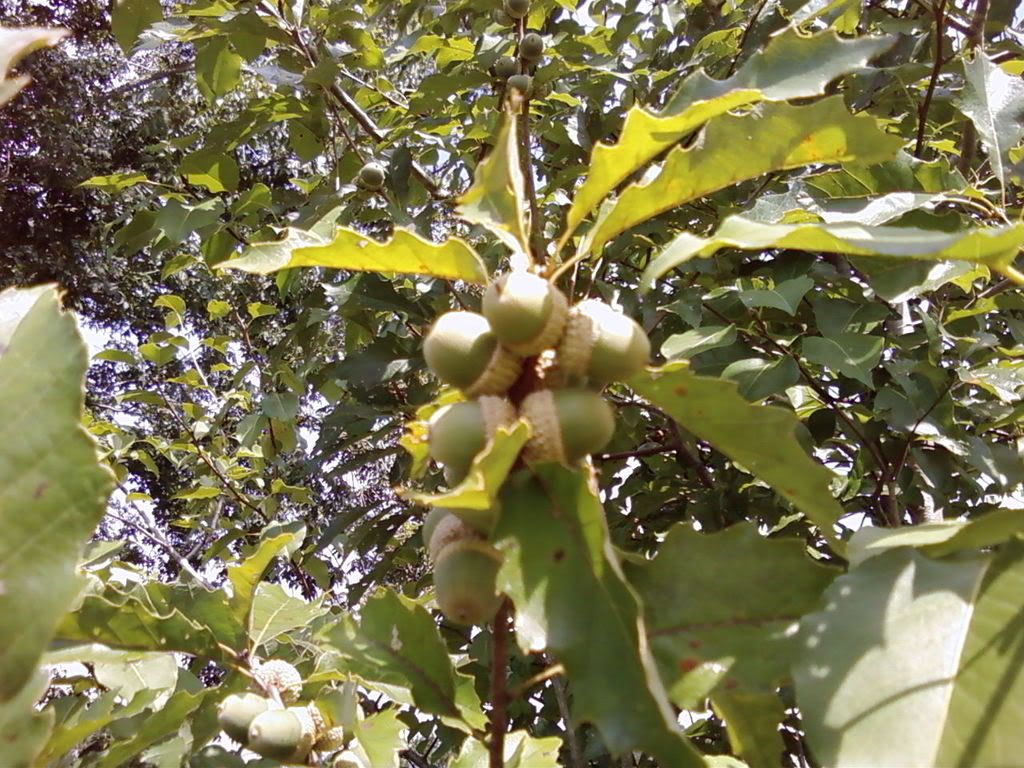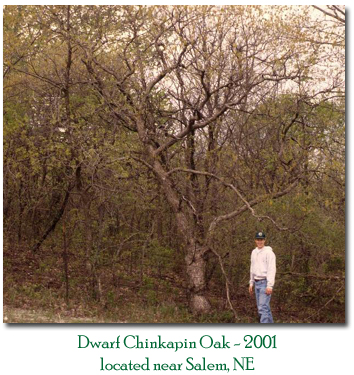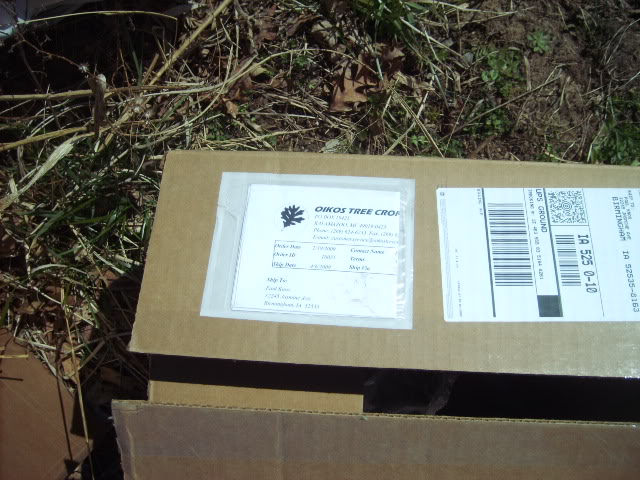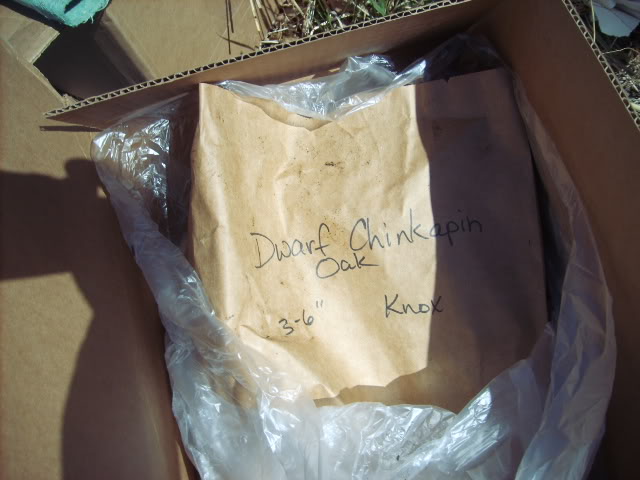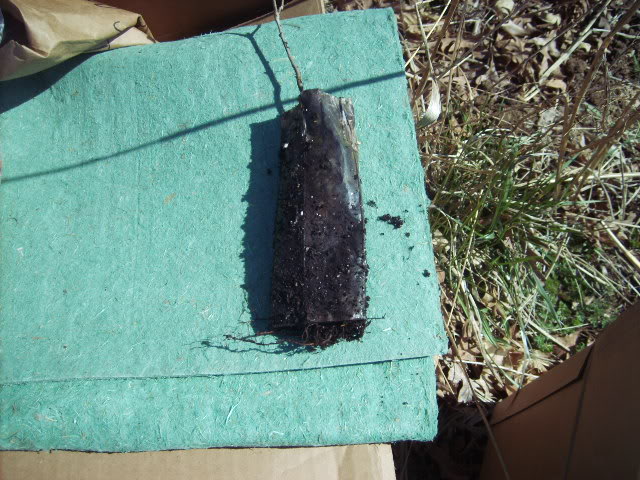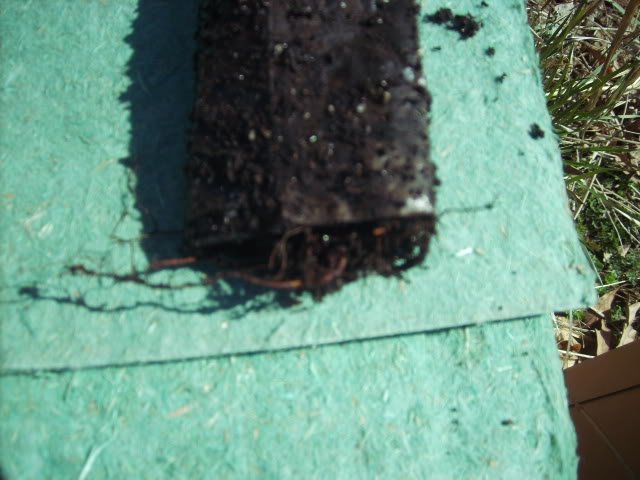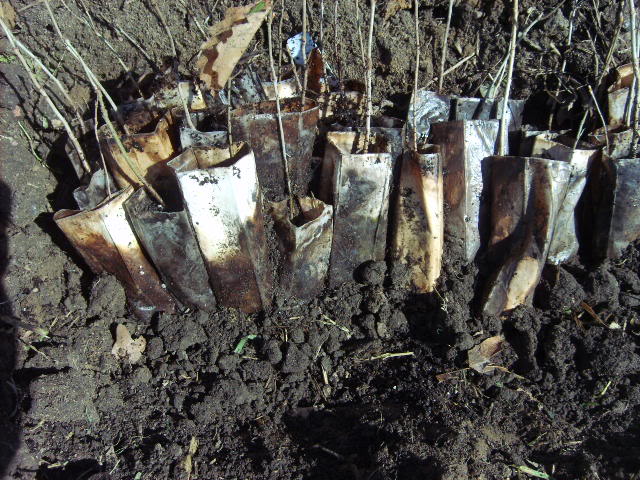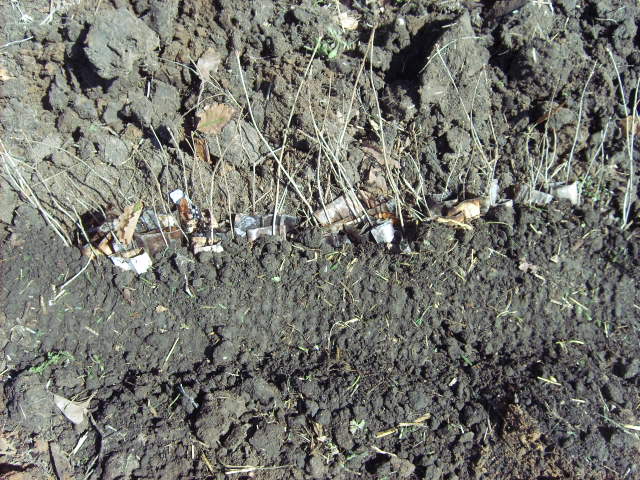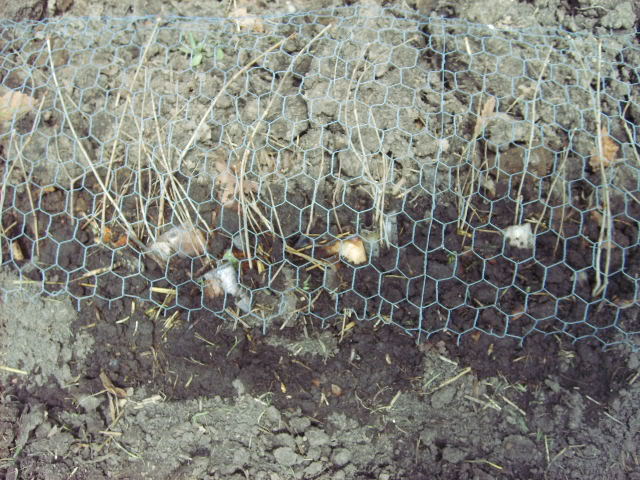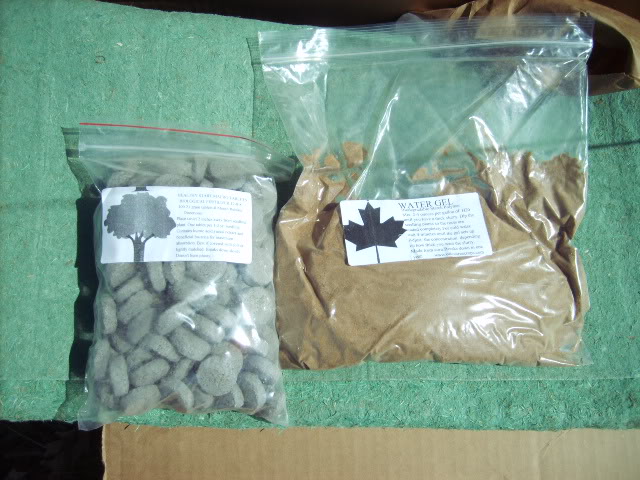It's going to be a busy spring here at the Doubletree this year! I have 3800+ trees ordered that will need to be planted ASAP when they arrive!
I applied for and recieved 75% cost share through the REAP program so I will follow my IDNR District Foresters Forest Stewardship Planting Plan.
<div class="ubbcode-block"><div class="ubbcode-header">Quote:</div><div class="ubbcode-body">
<span style='font-size: 11pt'>Owners Objectives:</span> Establish a hardwood forest to grow high quality lumber, to enhance water quality and provide high quality wildlife habitat and aesthetic benefits.
<span style='font-size: 11pt'>Site Prep:</span> Whenever possible, the area should be mowed in late summer to faciltate row layout and spraying. Rows will be laid out on 10 foor centers. Accurate row spacing is important for future maintenance. While existing vegetation is still green, a 4 foot wide band of herbicide will be sprayed over the row center. Recommended herbicides are 2% Roundup and 3 # Princep and 3# Pendulam (per treated acre)
<span style='font-size: 11pt'>Planting: </span>Trees should be planted as early in the spring as possible.Trees will be planted 7 feet apart in the row: rows will be 10 feet apart(600 trees per acre).In areas with existing trees, hand planting may be necessary. Trees will be planted about 15 feet apart (200 trees per acre)
Primary hardwood trees to plant include wite oak, red oak, bur oak, swamp white oak, cherry and pin oak. A variety of other hardwoods and shrubs could be added. Diversity is strongly encouraged.
<span style='font-size: 11pt'>Weed Control:</span> <span style="color: #FF0000">Control of competeting vegetation is critical to the sucess of any tree planting</span>!
Herbicide bands will be applied over the row according to labeled directions every year for at least 2 addictional years. the area between the rows must be mowed to control competing vegetation, normally 2-3 times per year.
<span style='font-size: 11pt'>Protection:</span>Trees must be protected from fire and grazing for 20 years if REAP funds are used.</div></div>
I ordered the following:
<div class="ubbcode-block"><div class="ubbcode-header">Quote:</div><div class="ubbcode-body">
<span style='font-size: 11pt'>Swamp White Oak
Bur oak
Pin Oak
Red Oak
Bur-English Hybrid oaks
Bur-gambel Hybrid oaks
Dwarf Chinkapin Oak
Red Cedar
Silky Dogwood
Wild Plum
Nannyberry
Hazelnut</span>
</div></div>
I've already booked the tree planter from my county conservation board and I just need to pick up some herbicide before spring.
I'll use a combination of Roundup, AS Surflan and Princep on new seedlings and then follow up with Oust and Princep in subsequent years.
I will mark rows with tree flag markers to keep rows straight and easy to mow between. Some I will plant rye or clover between and as the oaks start to grow I have a heckuva a lot of fence to put up! /forum/images/%%GRAEMLIN_URL%%/crazy.gif
I've been scouting old rolls of woven wire so the only thing required is some good old fashioned hard work and a pair of wire cutters... /forum/images/%%GRAEMLIN_URL%%/wink.gif
Right now I'm clearing cull trees from areas I want to convert/plant to hardwoods like this spot:
Just a reminder if your planting shrubs or trees, you can create a natural funnel by planting 2-4 rows of trees and leaving a 20 foot space between something like this:
Deer will follow it like a puppy on a string! /forum/images/%%GRAEMLIN_URL%%/cool.gif
Springs not far off...can't wait! /forum/images/%%GRAEMLIN_URL%%/smile.gif




